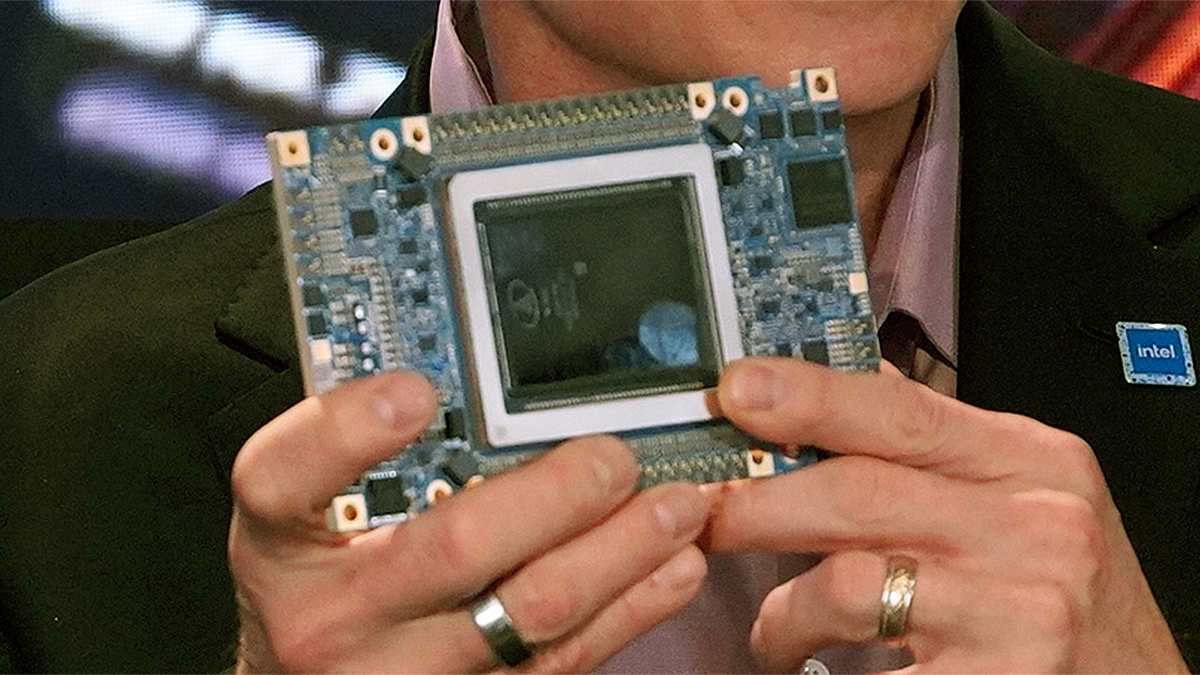“Our Gaudi 3 launch gave us a strong offering to improve our position in accelerated computing for the data center and cloud,” said Pat Gelsinger, Intel’s chief executive, at the earnings call last week. “We now expect over $500 million in accelerated revenue in the second half of 2024 with increasing momentum into 2025 based on Gaudi 3’s vastly superior TCO as well as our own expanding supply.”
AMD expects its Instinct MI300-series offerings to generate about $3.5 billion in revenue this year, which is a modest expectation compared to Nvidia, whose data center GPU revenue — dominated by GPUs for AI and HPC applications — is expected to hit around $40 billion this year. In fact, keeping in mind that Nvidia is now focusing on shipping machines based on its Blackwell compute GPUs rather than individual processors, it is likely that Nvidia’s data center revenue will be significantly more than $47 billion in 2023.
There could be several reasons why Intel has such humble expectations for Gaudi 3’s business performance in 2024. Perhaps the company will start shipping Gaudi 3 in meaningful volumes only very late in the year and will not have enough time to ship tens of thousands of processors for revenue in 2024. It is also possible that Intel will be supply-constrained or that it expects sales of Gaudi 3 to take off slowly because customers yet have to tailor their AI software for Intel’s hardware.
Based on Intel’s claims, the interest in Gaudi 3 is significant, so the product should be quite popular, which means that over time, it will generate much more than $0.5 billion for the company.
“At our Vision event, we had over 20 customers publicly describing their embrace of Gaudi 2 and Gaudi 3,” said David Zinsner, Intel’s chief financial officer, at the conference call. “I was super pleased to see the breadth of those customers. It was CSPs like Naver and Ola and IBM Cloud. It was ISVs like Seekr, right, coming on board. But maybe most importantly, enterprise customers.”











